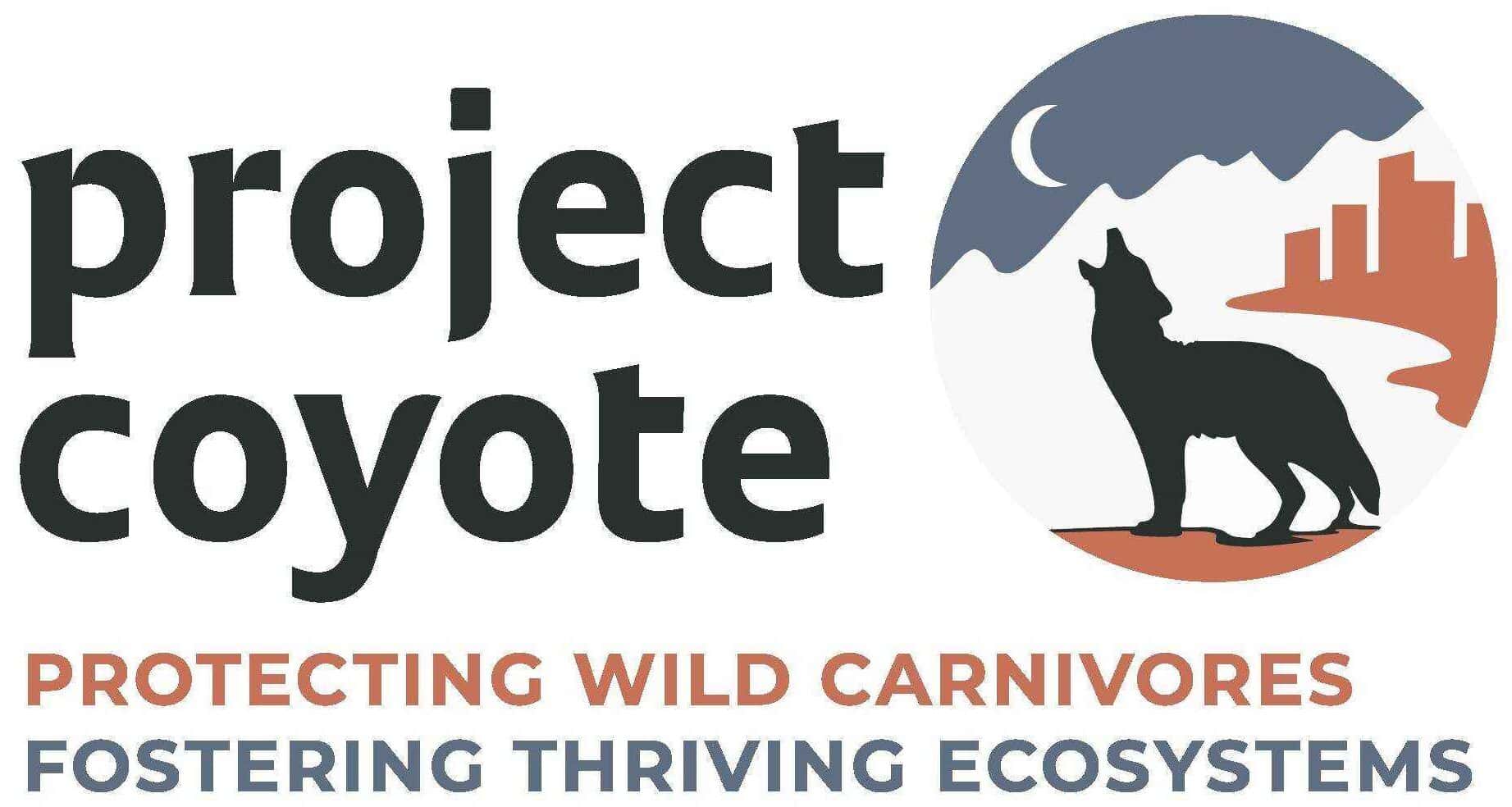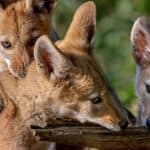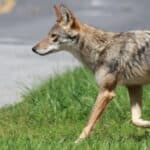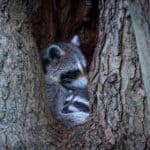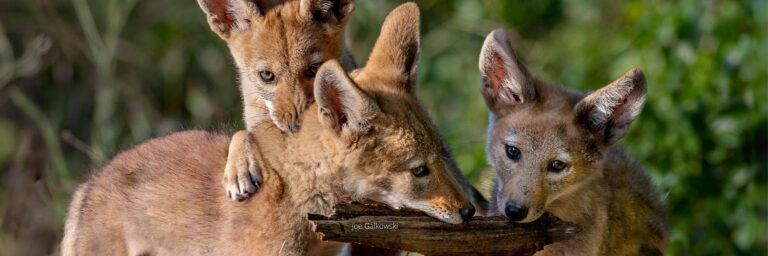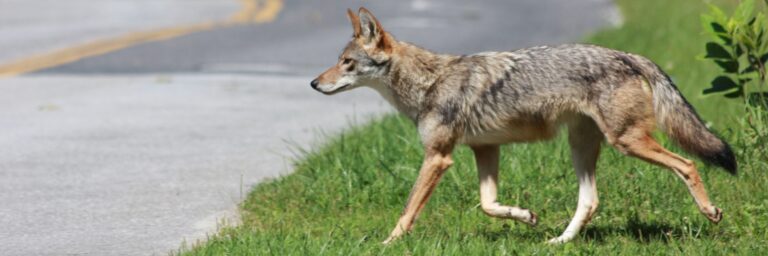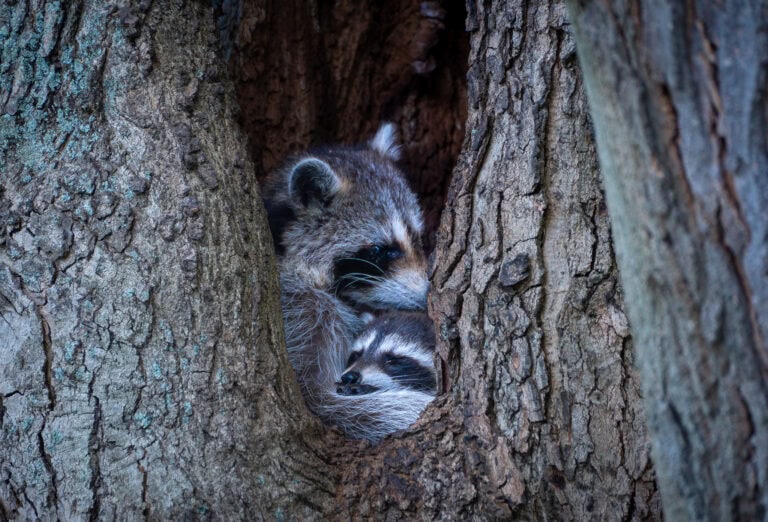I am honored to welcome Sarah Taylor to the Project Coyote team as our new Operations & Communications Director. Sarah has shown a commitment to animal welfare and environmental stewardship since childhood. In her blog below, she describes the lasting impact of her early experiences in nature, and the values instilled in her by her parents.
Originally from suburban Detroit, she now lives in southeastern Arizona where she has transformed her property into a certified wildlife habitat filled with native plants that support birds, butterflies, and other pollinators.
Sarah is a Certified Fundraising Executive (CFRE) and is experienced in strategic communications. Before joining Project Coyote, Sarah served as Development & Communications Director at Borderlands Restoration Network, working to restore healthy ecosystems in the Sky Islands region of the US and Mexico—one of North America’s most ecologically significant biodiversity hotspots. She also spent nearly a decade as Executive Director of an animal welfare nonprofit in Indiana, advocating for the compassionate treatment of all animals.
We are thrilled to have Sarah join our pack, and hope you enjoy learning more about her below. Project Coyote is excited to continue expanding our public engagement, fundraising, and outreach efforts with the help of Sarah’s expertise and vision.
-Camilla Fox, Founder and Executive Director of Project Coyote
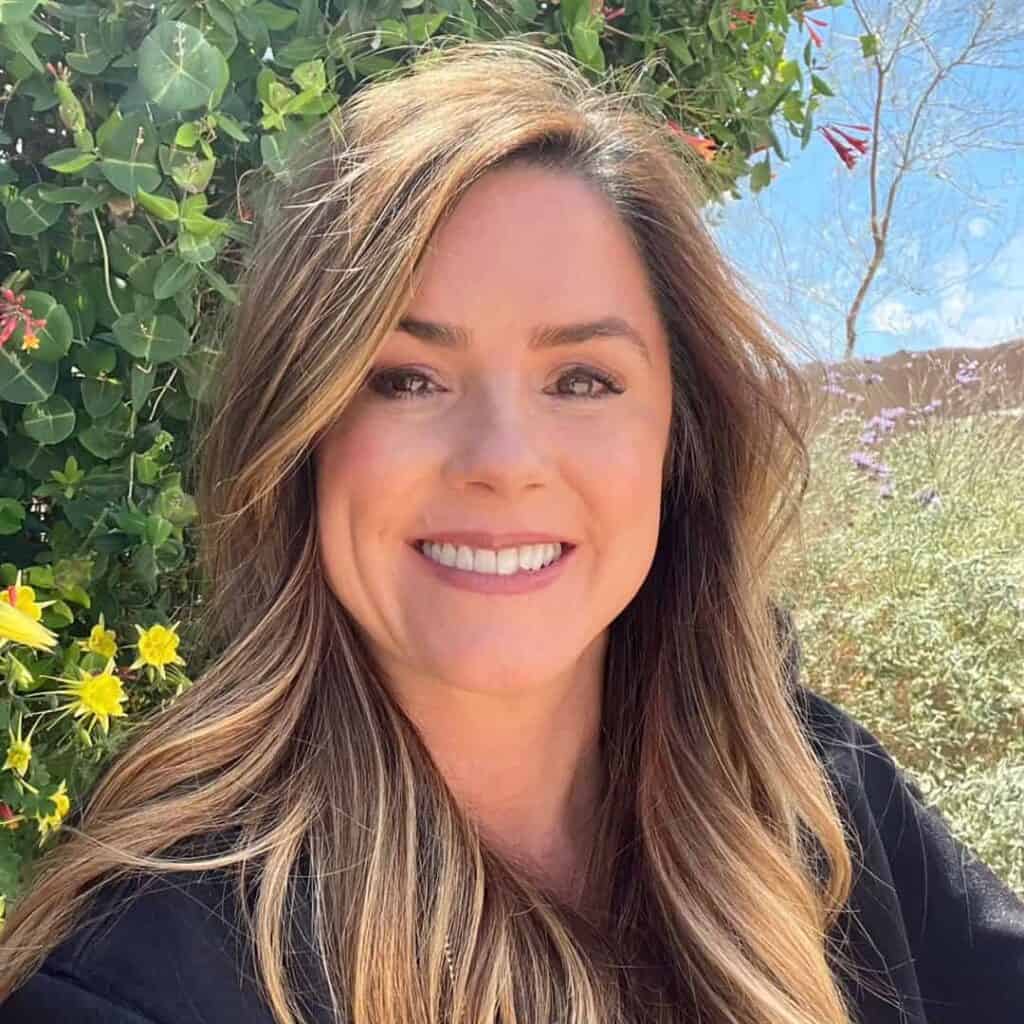
Notes From The Field blog: Roots in Respect for Wild Nature
Sarah Taylor, CFRE, Project Coyote Operations & Communications Director
Some of us are born with a pull toward the natural world, others find it along the way. For me, it was both. On one hand, an innate love for animals, wild and domestic, seemed woven into my DNA. On the other hand, my upbringing fostered and cultivated a healthy respect for all animals and nature even further.
As a small child in northern Indiana, some of my first memories include peering out my bedroom window into the tall trees to see if anyone moved into an owl box my father built and strategically placed. I clearly remember the face of the Great Horned Owl who eventually claimed this home peering back at me, and hearing him hoot outside my window at night. We watched each other through the window during my younger years, and little did I know how impactful those interactions were.

My father turned our backyards in Indiana, and those in Michigan, where we later moved, into sanctuaries for wildlife and humans alike. He built countless bluebird boxes, for which some probably still exist, placed in ideal locations across the counties we lived in. He was a one-man effort quietly providing custom homes to wild birds. Vacations often meant piling into the family car bound for national parks in Canada, or to Yellowstone, and many trips to his favorite Great Smoky Mountain National Park—each trip another lesson in the beauty of wild spaces. Those early experiences taught me that every creature, from a songbird to a wild horse or burro, to an apex predator, has intrinsic value that we humans should respect, protect, and peacefully coexist with. For that, I am eternally grateful.
I remember a story my father relayed that was a pivotal moment for him in his relationship with wildlife. In his youth, he went bird hunting as many of his friends did, and was out hunting Ring-necked Pheasants. On this day he came across a bird that didn’t flush when it heard him coming. The bird looked at him, seemingly healthy, but obviously not fearful of humans. These birds were part of a pen-raised stocking program to increase “outdoor recreation opportunities,” meaning the state raised the birds in captivity and released them for these “put and take” hunting opportunities.
In that moment alone with the pheasant, he knew it wasn’t sportsmanlike, and was ethically questionable, to shoot. He let the bird go on its way and decided hunting wildlife was not for him. He picked up a camera and spent the rest of his 83 years relentlessly pursuing wildlife photography instead.
These instilled values, along with my deep connection to animals and nature, have led me to dedicate my professional life to conservation and animal welfare. While my career has taken me to some non-animal-related places, a clear calling has always rung through to work with and for animals and nature.
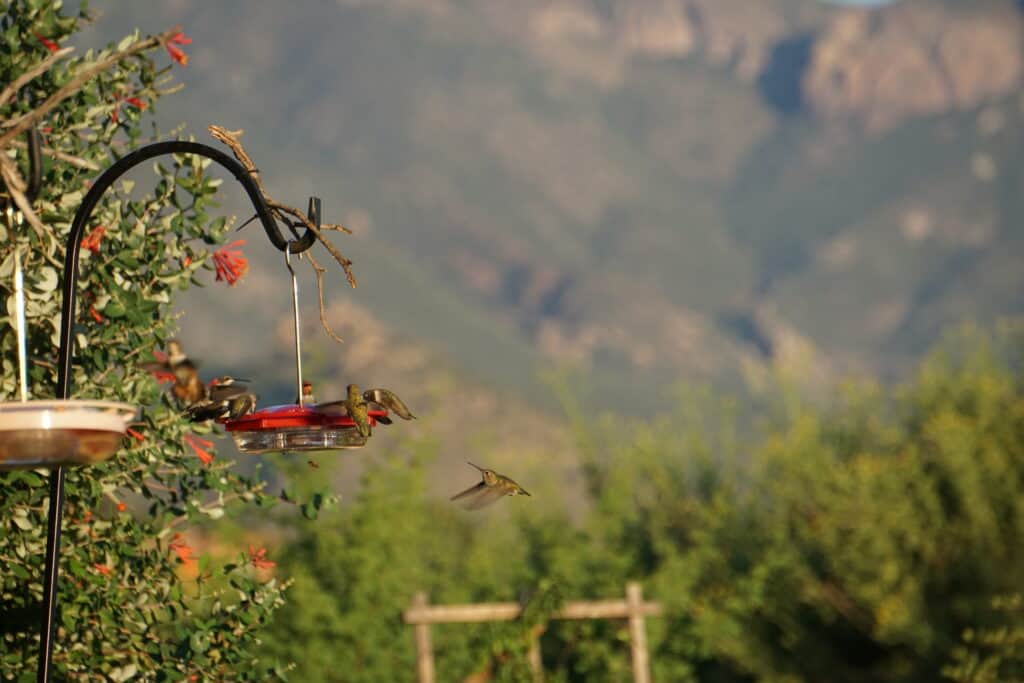
At home where I now live in southeastern Arizona, I’ve continued family traditions by turning my yard into a Certified Wildlife Habitat, bursting with hundreds of species of native flora that sustains both resident and migratory wildlife, and proudly doubles as an official Monarch Waystation and Certified Hummingbird Haven. Every window has a view perfect for bird and wildlife watching, just like my first childhood bedroom window.
Now, as I join the talented team at Project Coyote, I’m eager to carry forward these values to fulfill our mission. How we treat animals is a deliberate choice that must evolve beyond outdated science, harmful policies, and fear‑based myths, especially toward predators. Whether you are born with a deep connection to wildlife or have an ah-ha moment like my Dad, together, we can build a future where compassionate coexistence is not the exception, but the norm.

